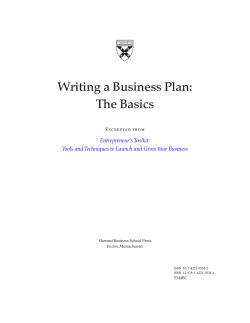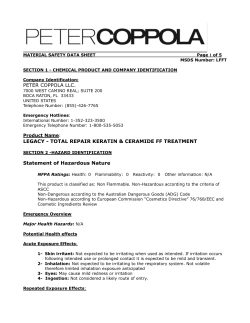
Document 183989
The inhaltation flow rate affects the lung deposition of an inhaled drug. The faster a patient inhales, the higher are the deposited fractions in mouth and throat, and the smaller is the amount of drug reaching the lungs. With regard to Dry Powder Inhalers (DPIs), the inspiratory flow rate has an additional impact. The per formance of these devices is significantly influenced by the inhalation flow rate of the patient. A DPI requires a minimal inspiratory flow to consistently desagglomerate the powder into fine particles which can be inhaled into the lungs. These flow rates may vary from patient to patient and breath to breath upp to 20 L/min, depending on the inspiratory effort. Both the total amount of drug delivered to the patient, as well as the aerodynamic particle size are affected by the inhalation flow rate. Contrary to DPIs Metered Dosed Inhalers (MDIs) are regarded to be independent from inhalation flow profile with respect to particle size distribution and emitted dose. Why can flow profile studies be impor tant for you? The patient‘s flow rate through an inhaler is basically related to the device resitance. The higher the resistance, the lower the maximum flow rate through an inhaler and vice versa. The EMA „guideline on the pharmaceutical quality of inhalation and nasal products“ recommends to conduct a study to demonstrate the consistency of the minimum delivered dose and the fine particle mass over a range of flow rates (through the delivery device) achievable by the intended patient population, at consistent volume. The range of flow rates should be justified in relation to clinical studies or published data for the same delivery device. The minimum, median, and maximum achievable rate should be investigated. How to per form inhalation flow profile studies? Most interesting are inhalation flow profiles obtained from patients (e.g. asthmatics, COPD patients), measured by using the inhalation device of interest. Inhalation flow rate as a function of time is assessed by measuring the pressure drop directly at the device. It is than transformed into a flow rate by using a device specific calibration and equation. What the results show The acquired flow profiles can be analyzed by validated software. Several parameters which describe the flowc profile can be calculated. For example the peak inspiratory flow (PIF), inhalation time, inhalation volume, time to reach PIF or the slope of the flow rate at the beginning of the inhalation. Fur ther parameters of interest can be integrated. ISD-FLOW-2.01 Flow L/min 08.2013 These parameters can be used to fullfill the requirements of the EMA guideline 4151 for orally inhaled produc ts: Time / s Flow profiles recorded using 4 different devices to show that patients are able to achieve the required flow rate. „A minimal peak inspirator y flow (PIF) is required to trigger a breathoperated inhaler (BOI) and if this minimal PIF cannot be achieved by the patient, inhaler use will be unsuccessful. Therefore, the clinical programme must include relevant data regarding the PIF required to trigger the BOI (these data may be generated using a placebo device) and discussion of those patient groups who would normally be able to produce a sufficient PIF to trigger the device and those patient groups who may have problems (for example patients with severe air flow obstruction, patients suffering from an acute attack of asthma, small children, etc). The relevant patient population must be adequately investigated andsubsequently clearly defined in order that the prescriber can be assured that the product is only prescribed to and used by suitable patient groups.“ The results of a flow profile study can be used to show that the intended population is able to achieve the required minimal flow for a sufficient dose deliver y. Example of a measurement setup Your Advantage at Inamed I N AM E D h a s e x p e r t s w i t h m o re t h a n 2 0 ye a r s o f e x p e r i e n ce i n p e r fo r m i n g s t u d i e s at a h i g h l e ve l o f q u a l i t y. I N A M E D h a s t h e s t a t e - o f - t h e - a r t f a c i l i t y, t h e e q u i p m e n t a n d t h e a b i l i t y t o c o n d u c t fl ow p ro fi l e studies. INAMED has the background of longterm experience in design, per formance and evaluation of clinical trials from phase I to IV according to GCP. INAMED has an extensive database of different subject groups (e.g. COPD, Asthma, Emphysema, Cystic Fibrosis, Bronchiectasis, Lungcancer and healthy subjects) to conduct these studies with the target population exactly to your requirements within the expected time lines. ISD-FLOW-2.01 08.2013 INAMED can provide a huge subject database and the technical exper tise to conduct such studies and may compare the results to other existing devices. Inamed GmbH Robert-Koch-Allee 29 82131 Gauting, Germany Phone: +49 89 893 5690 www.inamed-cro.com request@inamed-cro.com
© Copyright 2025


![6.Co2 Insufflator [15, 25 & 45Ltr]](http://cdn1.abcdocz.com/store/data/000415414_1-6ec7713d2f9c09a12a499466fc9a5c68-250x500.png)


















